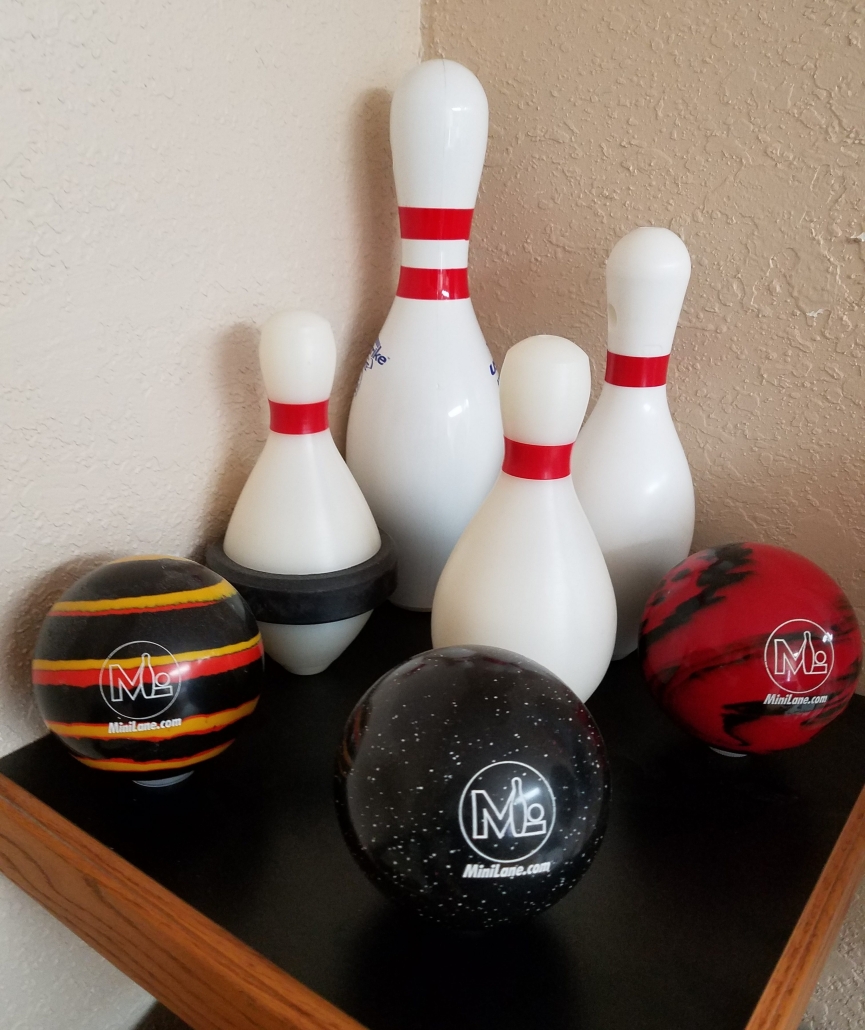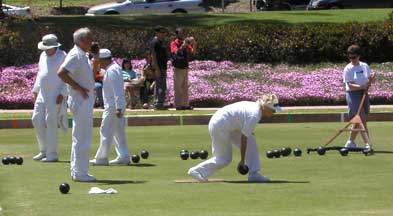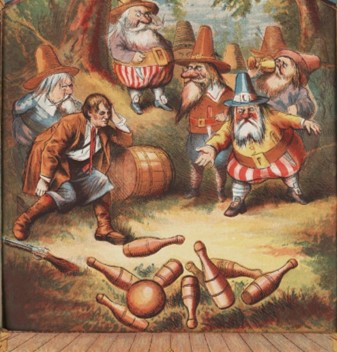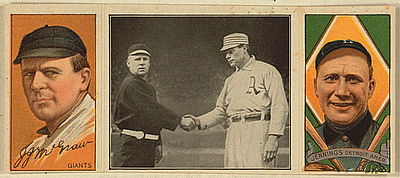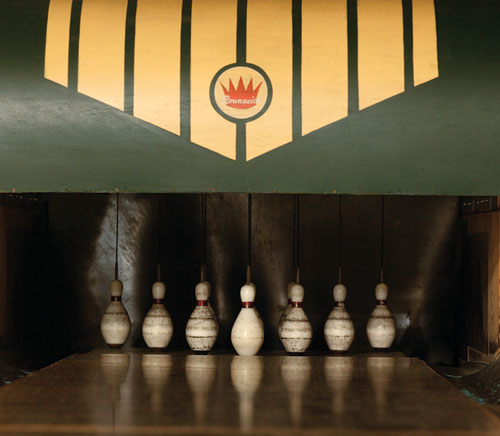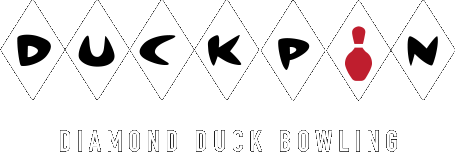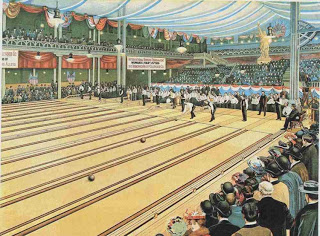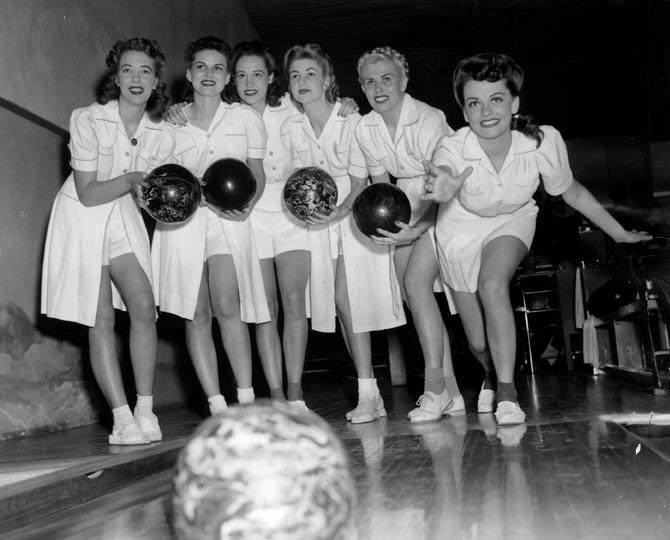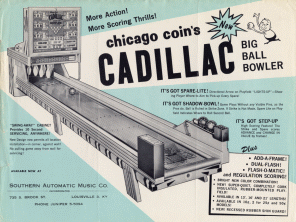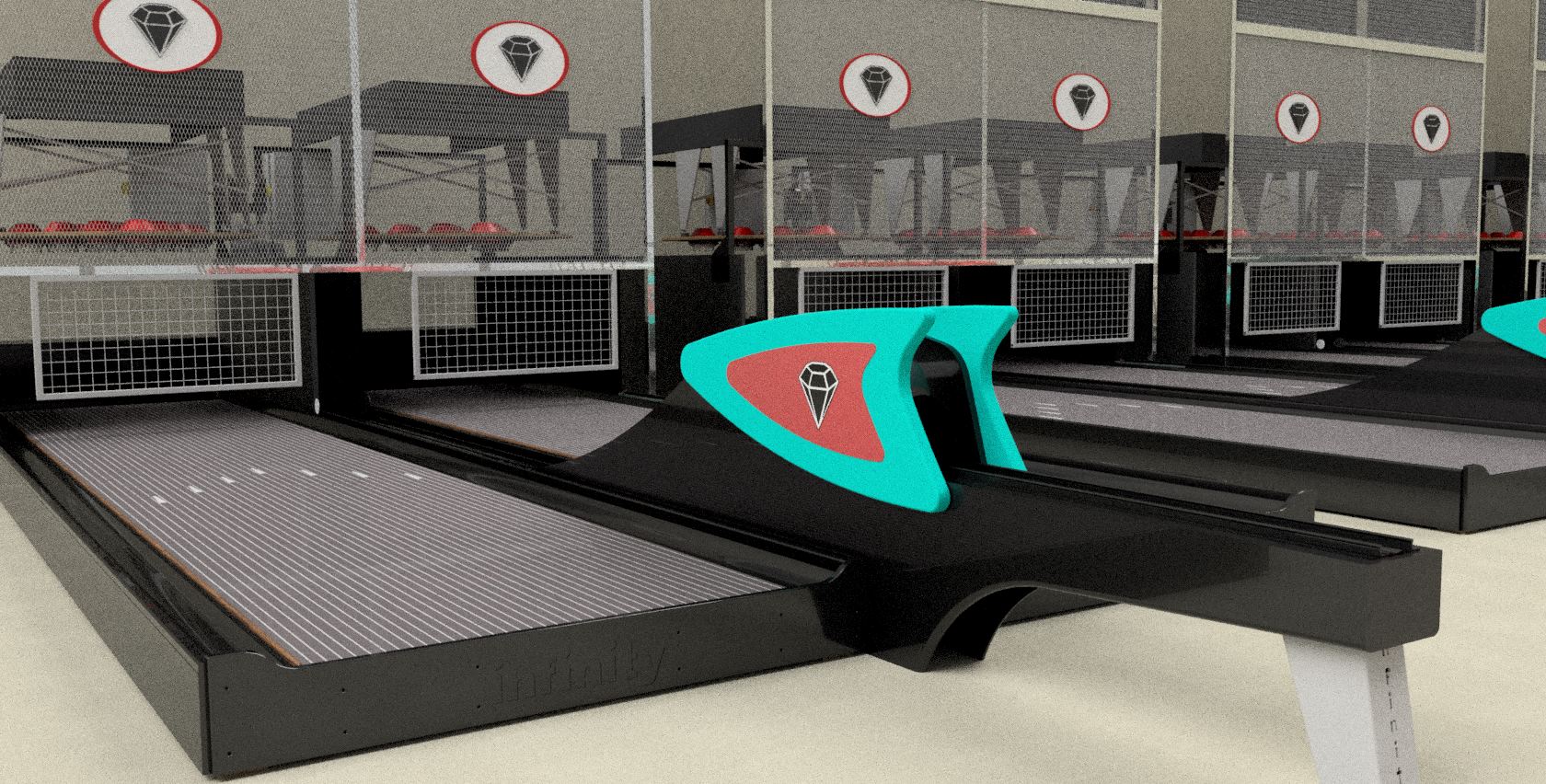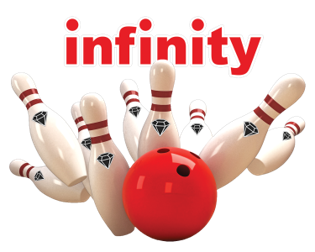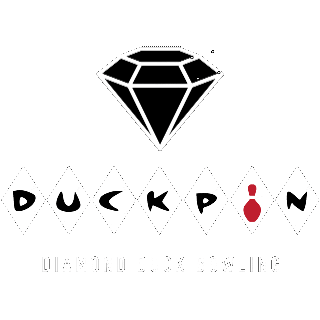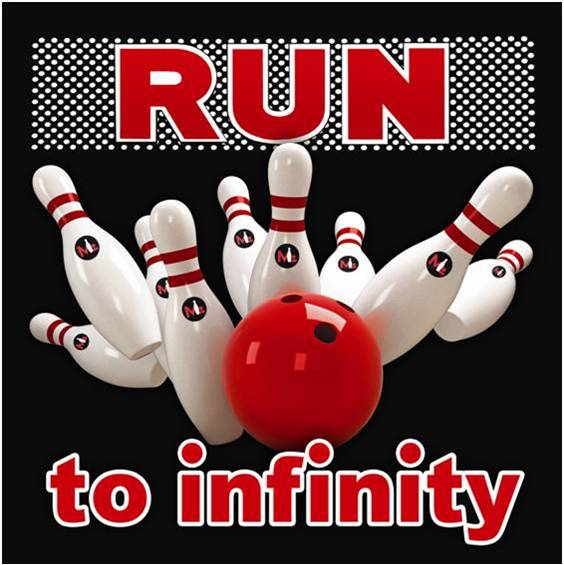History of Bowling
A Chronological Series of Events
From 3200 BC to Present

World Book Encyclopedia – More Americans compete in bowling than in any other sport. If you don’t know, the object of the game is to roll a ball down a wooden lane to knock down pins, though that’s really only one way to play out of many. The history of bowling includes many other forms of bowling, including ninepins, fivepins, duckpins, candlepins, lawn bowling, and bocce ball.
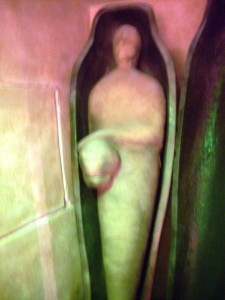 Bowling has a long and rich history, and today is one of the most popular sports (and ways to socialize) in the world. According to the International Bowling Museum, British anthropologist, Sir Flinders Petrie, discovered in the 1930’s a collection of objects in a child’s grave in Egypt that appeared to him to be used for a crude form of bowling. If he was correct, then bowling traces its ancestry to 3200 BC. A German historian, William Pehle, asserted that bowling began in his country about 300 AD.
Bowling has a long and rich history, and today is one of the most popular sports (and ways to socialize) in the world. According to the International Bowling Museum, British anthropologist, Sir Flinders Petrie, discovered in the 1930’s a collection of objects in a child’s grave in Egypt that appeared to him to be used for a crude form of bowling. If he was correct, then bowling traces its ancestry to 3200 BC. A German historian, William Pehle, asserted that bowling began in his country about 300 AD.
There is substantial evidence that a form of bowling was in vogue in England in 1366, when King Edward III, King of England 1327-1377, allegedly outlawed it to keep his troops focused on archery practice. It is almost certain that bowling was popular during the reign of Henry VIII.
By this time, too, there were many variations of “pin” games, and also of games where a ball was thrown at objects other than pins. This would seem to imply that the games had developed over time, from an earlier period.
One of the most eccentric games is still found in Edinburgh. The player swings a fingerless ball between his legs and heaves it at the pins. In doing so, he “flops” onto the lane on his stomach. There were and still are many variations of ninepins in Western Europe. Likely related are the Italian bocce, the French petanque, and British lawn bowling.
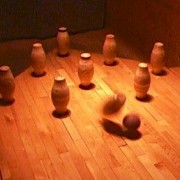 Undoubtedly, the English, Dutch and German settlers all imported their own variations of bowling to America. The earliest mention of it in serious American literature is by Washington Irving, when Rip Van Winkle awakens to the sound of “crashing ninepins”.
Undoubtedly, the English, Dutch and German settlers all imported their own variations of bowling to America. The earliest mention of it in serious American literature is by Washington Irving, when Rip Van Winkle awakens to the sound of “crashing ninepins”.
Skittles or Nine Pins, the forerunner of 10 pin bowling, has long been played in the Inns of England, In general, players take turns to throw wooden balls down a lane at the end of which are several wooden skittle pins in an attempt to knock them all over. There are a numbers of skittle games across England. In Germany, 3rd and 4th century monks played a game with a kegel which was a club carried for self defense, In the game, the kegel represented a sin or temptation the monks would throw stones at it until they knocked it over. The modern German term for skittles is Kegelen.
The game had its ups and downs in America. An 1841 Connecticut law made it illegal to maintain “any ninepin lanes”, probably because bowling was the object of much gambling. Many believe a “tenth” pin was added soon after, circumventing the ban and marking the origin of today’s tenpin game.
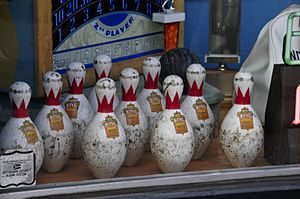 Duckpin Bowling had its birth at the turn of the 20th century at the old Diamond Alleys in Baltimore, Maryland with Uncle W. Robinson and JJ McGraw, bowling proprietors and members of the the original Baltimore Orioles baseball team.
Duckpin Bowling had its birth at the turn of the 20th century at the old Diamond Alleys in Baltimore, Maryland with Uncle W. Robinson and JJ McGraw, bowling proprietors and members of the the original Baltimore Orioles baseball team.
Diamond Alleys had on its premises, smaller five-inch balls with which bowlers would amuse themselves by bowling such non-regulation games as cocked-hat using only the 1, 7 & 10 pins and five-back using the 5, 7, 8, 9 & 10 pins.
When Robinson and McGraw, whose other hobby and sport was shooting ducks, saw the little pins fly as the little ball plowed into them, they remarked that the pins looked like a “flock of flying ducks.” Bill Clarke, a sportswriter for the Baltimore Morning Sun, wrote a story on the new, fascinating game and christened them “Duckpins.” The name has stuck ever since.
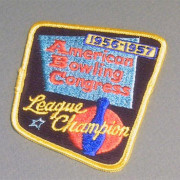 While it is uncertain where the tenpin game evolved, by the late 1800s it was prevalent in many states such as New York, Ohio and as far “west” as Illinois. However, details like ball weights and pin dimensions varied by region. But that changed when restaurateur Joe Thum finally pulled together representatives of the various regional bowling clubs. On September 9, 1895, at Beethoven Hall in New York City, the American Bowling Congress was born. Soon standardization would be established, and major national competitions could be held.
While it is uncertain where the tenpin game evolved, by the late 1800s it was prevalent in many states such as New York, Ohio and as far “west” as Illinois. However, details like ball weights and pin dimensions varied by region. But that changed when restaurateur Joe Thum finally pulled together representatives of the various regional bowling clubs. On September 9, 1895, at Beethoven Hall in New York City, the American Bowling Congress was born. Soon standardization would be established, and major national competitions could be held.
While women had been bowling in the latter half of the nineteenth century, the American Bowling Congress was for men. It was in 1917 that the Women’s International Congress was born in St. Louis. Women leaders from around the country participating in a tournament decided to form what was then called the Women’s National Bowling Association.
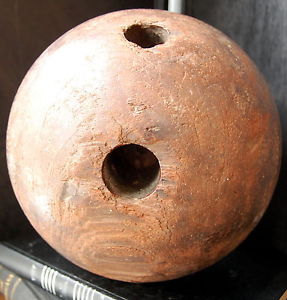 Bowling technology took a big step forward about the same time. Balls used to be primarily lignum vitae, a very hard wood and the original grip had only 2-holes. But in 1905 the first rubber ball, the “Evertrue” was introduced, and in 1914 the Brunswick Corporation successfully promoted the Mineralite ball, touting its “mysterious rubber compound.”
Bowling technology took a big step forward about the same time. Balls used to be primarily lignum vitae, a very hard wood and the original grip had only 2-holes. But in 1905 the first rubber ball, the “Evertrue” was introduced, and in 1914 the Brunswick Corporation successfully promoted the Mineralite ball, touting its “mysterious rubber compound.”
Now organized, with agreed upon standards, the game grew in popularity. But another technological breakthrough set the stage for massive growth. Morehead Patterson, a vice president of American Machine and Foundry Company AMF, then a maker of machinery for the bakery, tobacco and apparel businesses purchased for the company the patents to Gottfried Schmidt’s German automatic pinsetter.
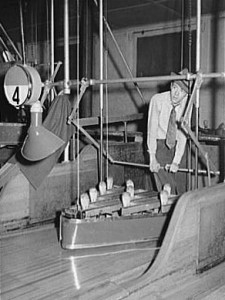 The first commercial pinsetter installation was at the Bowl-O-Drome Mt. Clemons, Michigan in 1951, and by late 1952 production model pinsetter were introduced. Soon pin boys were a thing of the past.
The first commercial pinsetter installation was at the Bowl-O-Drome Mt. Clemons, Michigan in 1951, and by late 1952 production model pinsetter were introduced. Soon pin boys were a thing of the past.
Overseas the European bowling industry has evolved with a different type of pinsetter altogether than the US market. String or Cord pinsetters are prevalent throughout Europe and Asia. Dating back to the late 1800’s automated pinsetters have been used in Europe, with the help of the few attached strings (nylon cords) to the pins.
Organized, competitive leagues remain the foundation of bowling in the United States. However, more than 70% of leagues today are mixed, with a more relaxed level of competition. Also, “organized open” play such as Saturday night “Rock and Bowl” events are growing in importance to bowling proprietors throughout the country.
Bowling is considered a sport by many ‘bowling insiders” but the future growth lies in bowling’s appeal as an entertainment activity. With space and cost considerations. Infinity DuckPin & Ninja Mini Bowling have surfaced to bridge the gap between a rich past and a very rewarding future.
 Infinity DuckPins are played on the width of a regulation TenPin lane w/small balls, gutters & a unique pin. This game of skill scores & plays like TenPin Bowling. Infinity DuckPin fits most anywhere & requires ONLY one-third the space of traditional bowling.
Infinity DuckPins are played on the width of a regulation TenPin lane w/small balls, gutters & a unique pin. This game of skill scores & plays like TenPin Bowling. Infinity DuckPin fits most anywhere & requires ONLY one-third the space of traditional bowling.
Today, bowling is enjoyed by 100 million people in more than ninety countries worldwide. The sport has a long and intriguing history, and fantastic prospects for growth around the globe.
Bowling continues to evolve and Infinity DuckPin Social Bowling is America’s New Hangout.
Welcome to Bowling’s New ERA!

